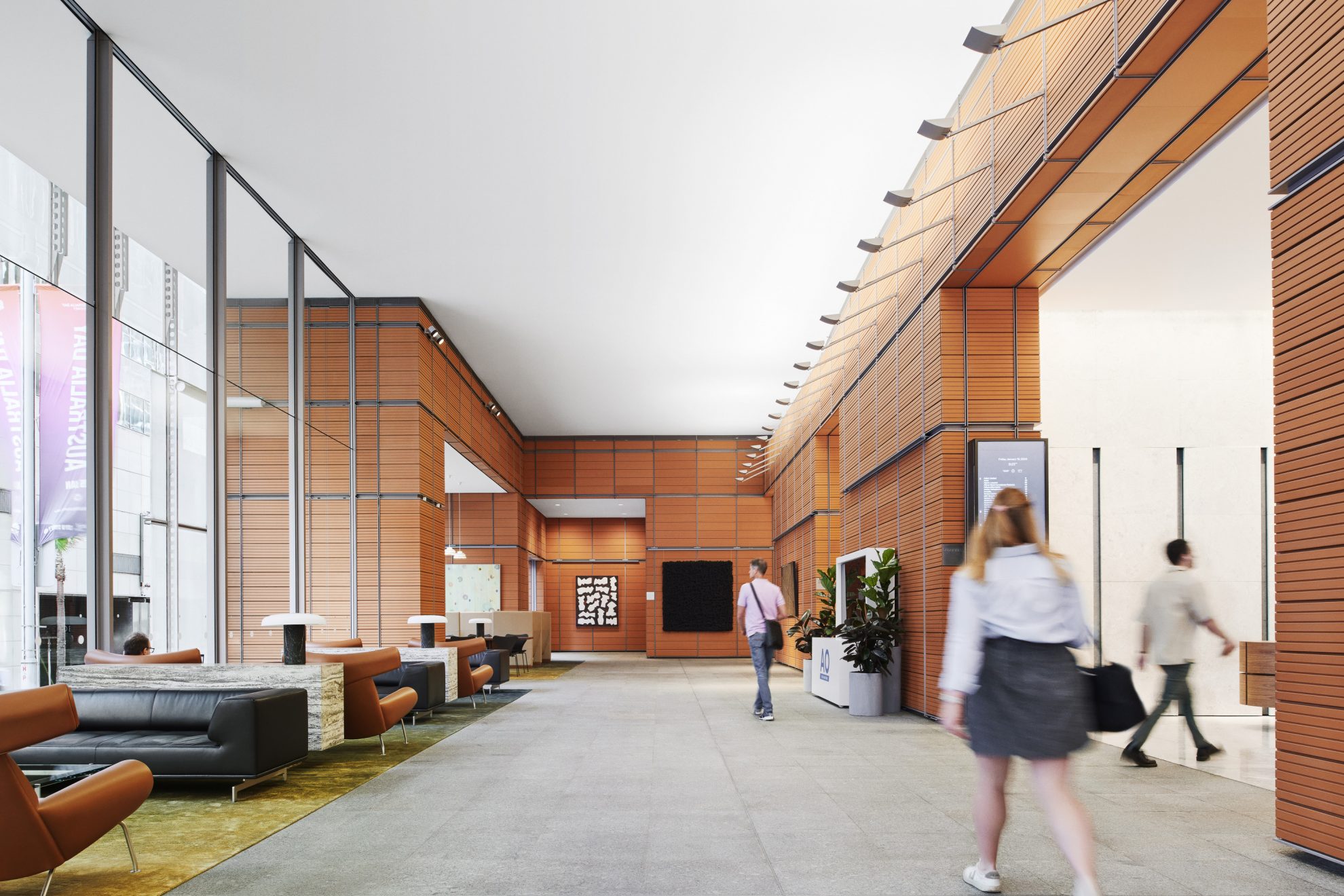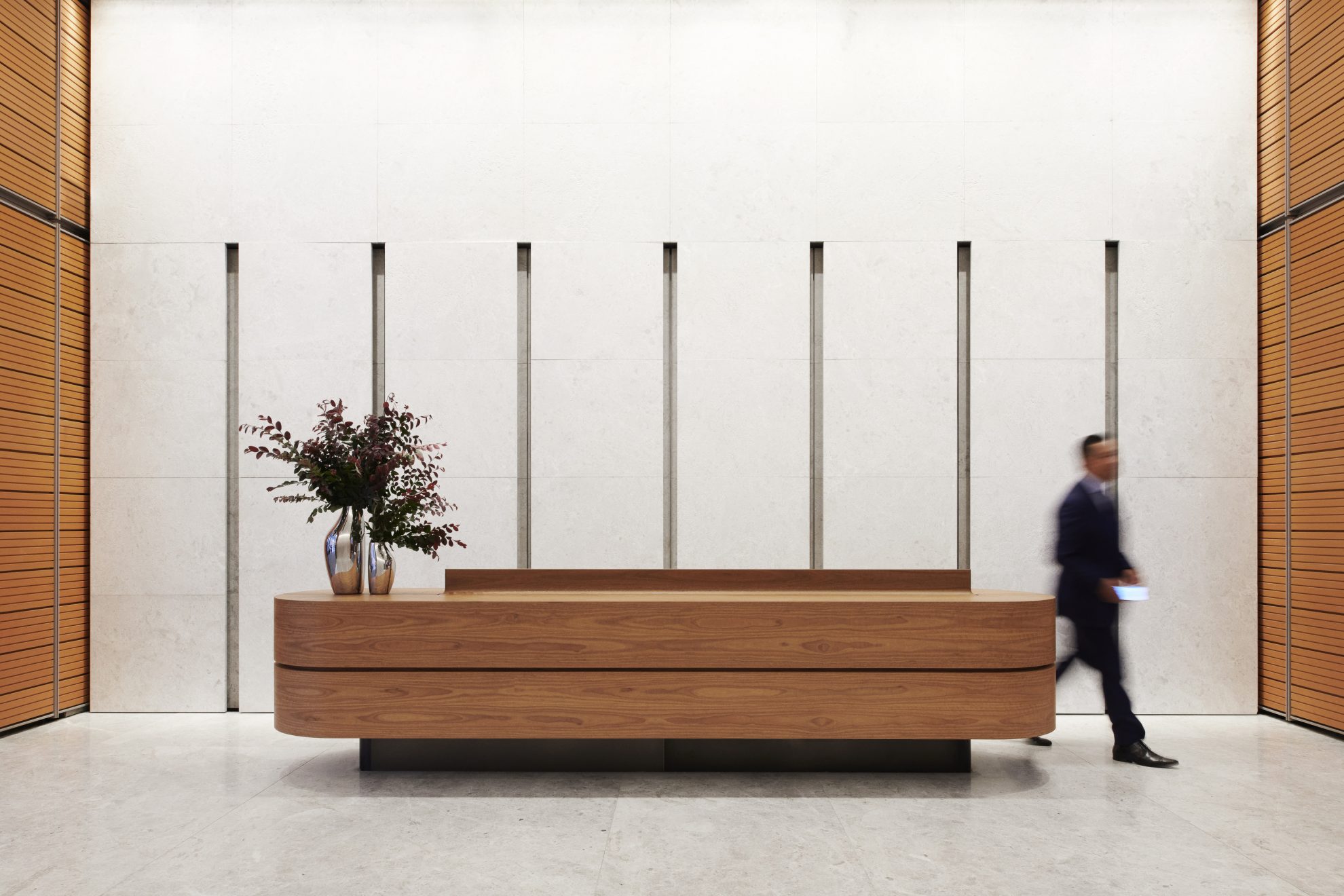Retrofit: Paving the Way to a Sustainable Future
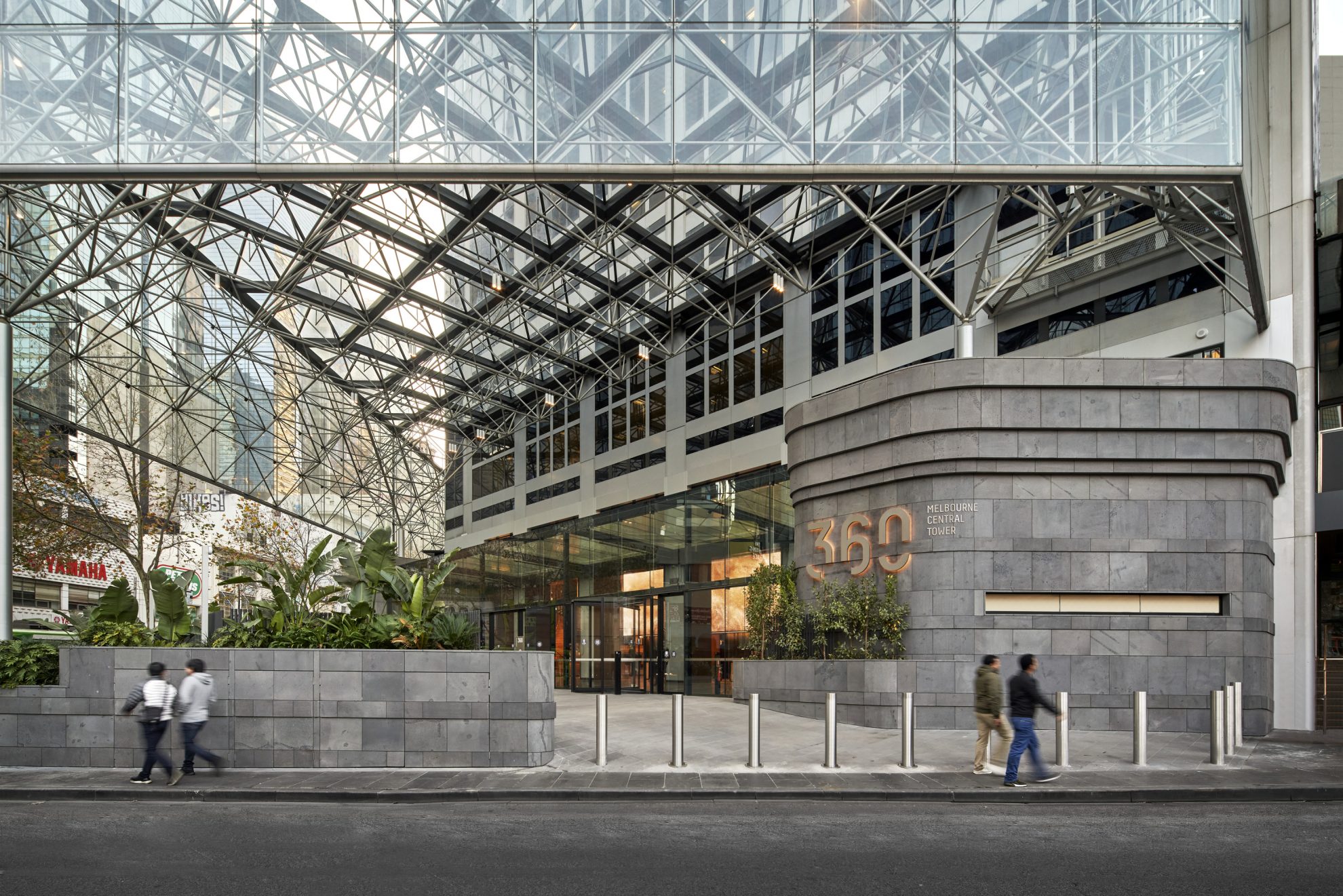
Retrofitting commercial buildings is paramount in addressing the evolving demands of today’s society. From climate change, technological shifts, hybrid working and more.
Underperforming homes make up most of the world’s building stock, but net zero carbon targets will be put in jeopardy if the output of non-domestic buildings is not addressed. They are some of the most energy inefficient, and arguably more difficult to upgrade successfully.
The world’s built environment is responsible for 37% of global energy-related greenhouse gas emissions. In Australia, it is responsible for one-fifth of all our emissions. Furthermore, the rate at which commercial building stock is repurposed must increase to around 5% annually to meet global emissions standards by 2050.
In the case of B and C grade building stock in Australia, more and more are left vacant with tenants seeking higher quality spaces with integrated wellness features and energy efficient technologies.
But, instead of giving up on these buildings, we are faced with new opportunities.
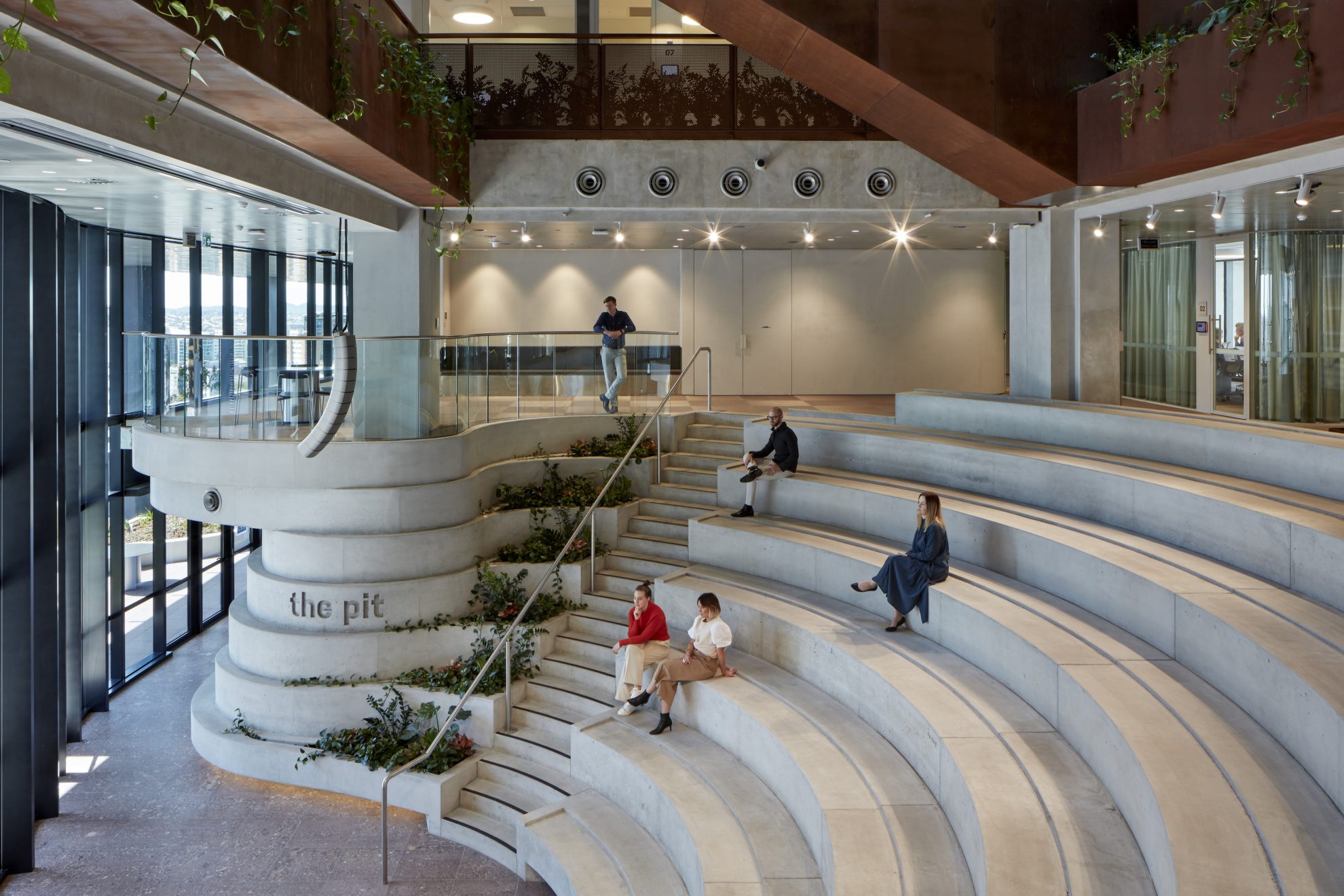
COX Director, Simon Haussegger
On the journey towards a sustainable future – recognising that approximately 87% of today’s buildings will still be occupied in 2050 – retrofitting and repurposing buildings is pivotal in breathing new life into structures with ingenuity and sustainability at their core.
Sustainability & Tenancy
The demand for green buildings is growing.
In fact, it may be driving the market.
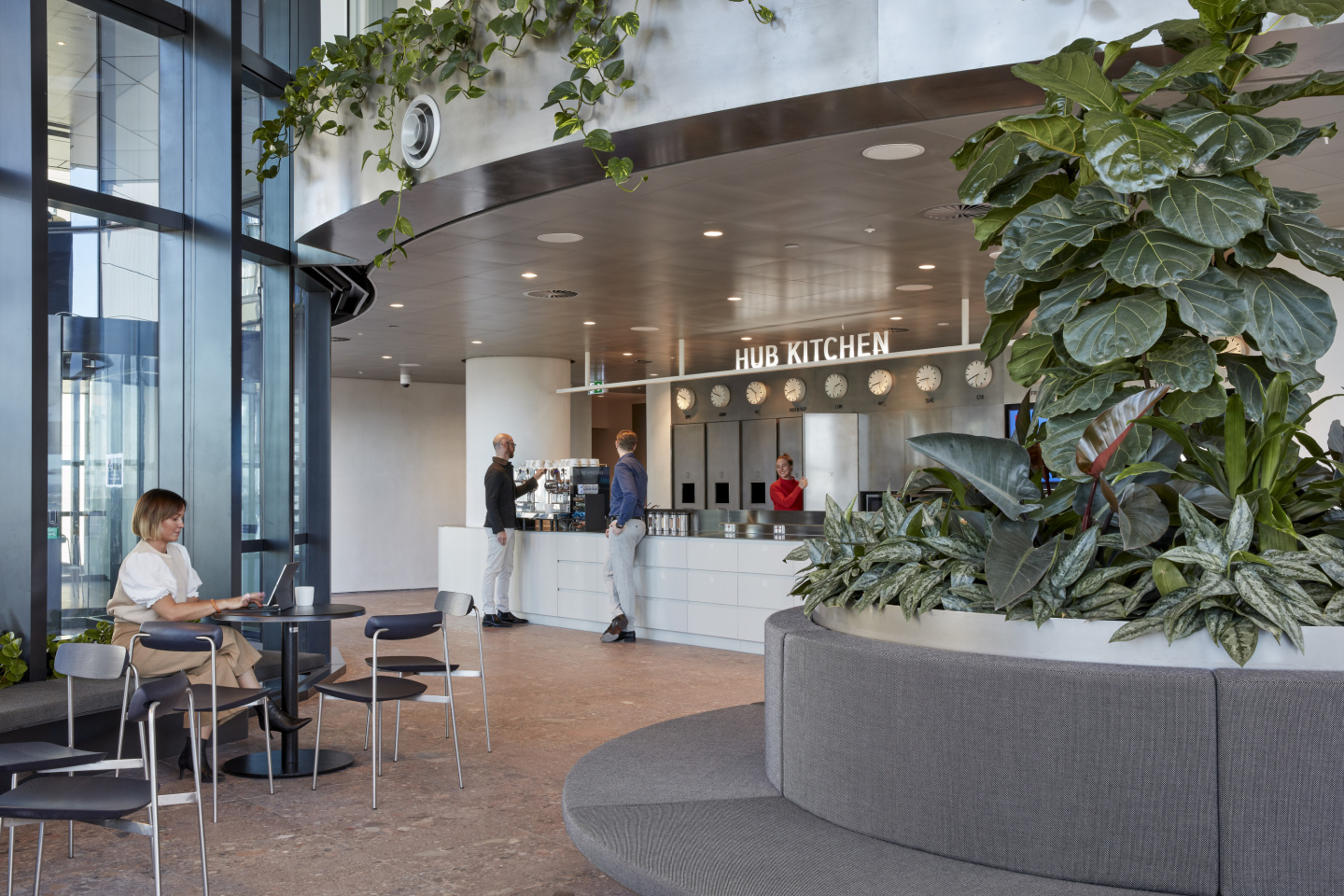
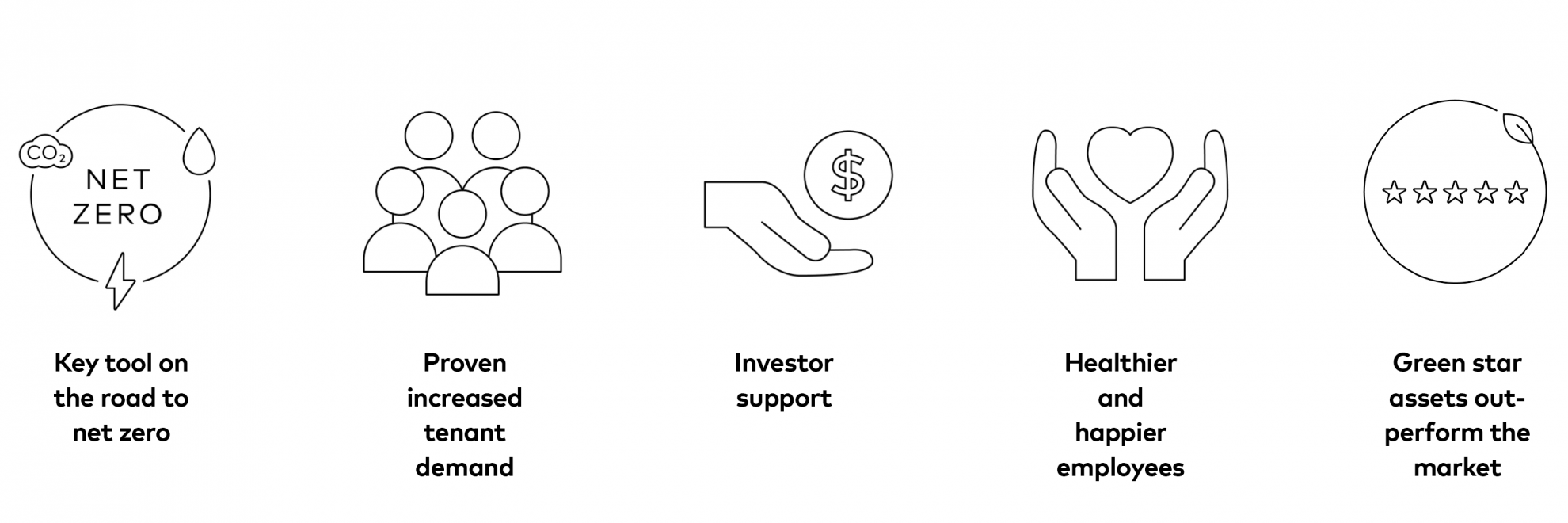
With the Australian Government setting sights on achieving a net zero target by 2050 and clients aiming for even earlier milestones, alignment in sustainability efforts is imperative. Tenant demand underscores this urgency, with 70% of occupiers expressing willingness to pay a premium for leasing sustainability-certified buildings. Investor sentiment further bolsters the case for sustainable real estate, with 72% recognising the positive impact of green certifications on occupancy rates, rents, tenant retention, and overall asset value.
Beyond financial incentives, the benefits extend to the well-being of employees, as green buildings foster healthier work environments conducive to productivity and happiness, as highlighted by the Green Building Council Australia’s research. Moreover, Green-Star rated investments consistently outperform the market, boasting higher occupancy rates, longer lease expiries, lower capitalisation rates, and higher price per square meter.
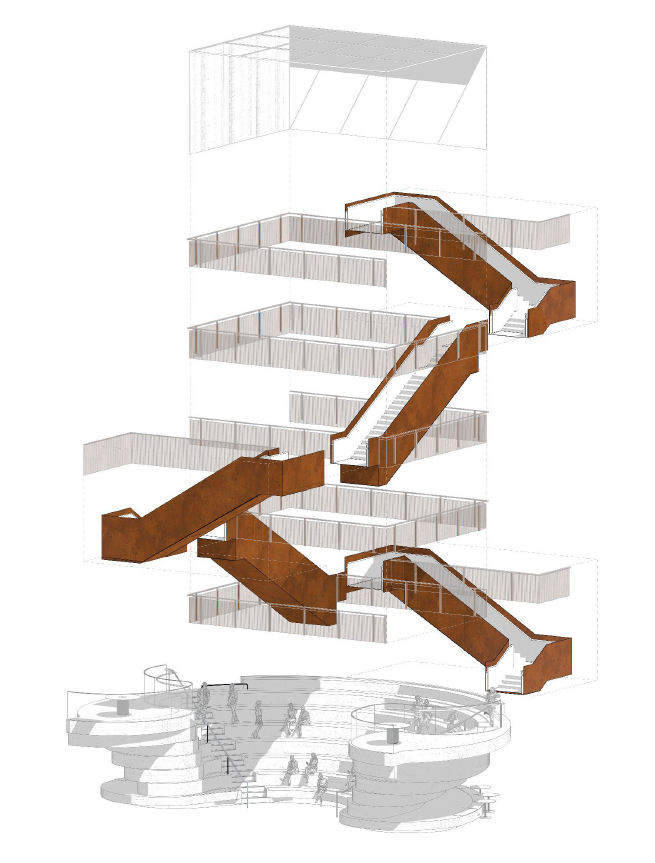
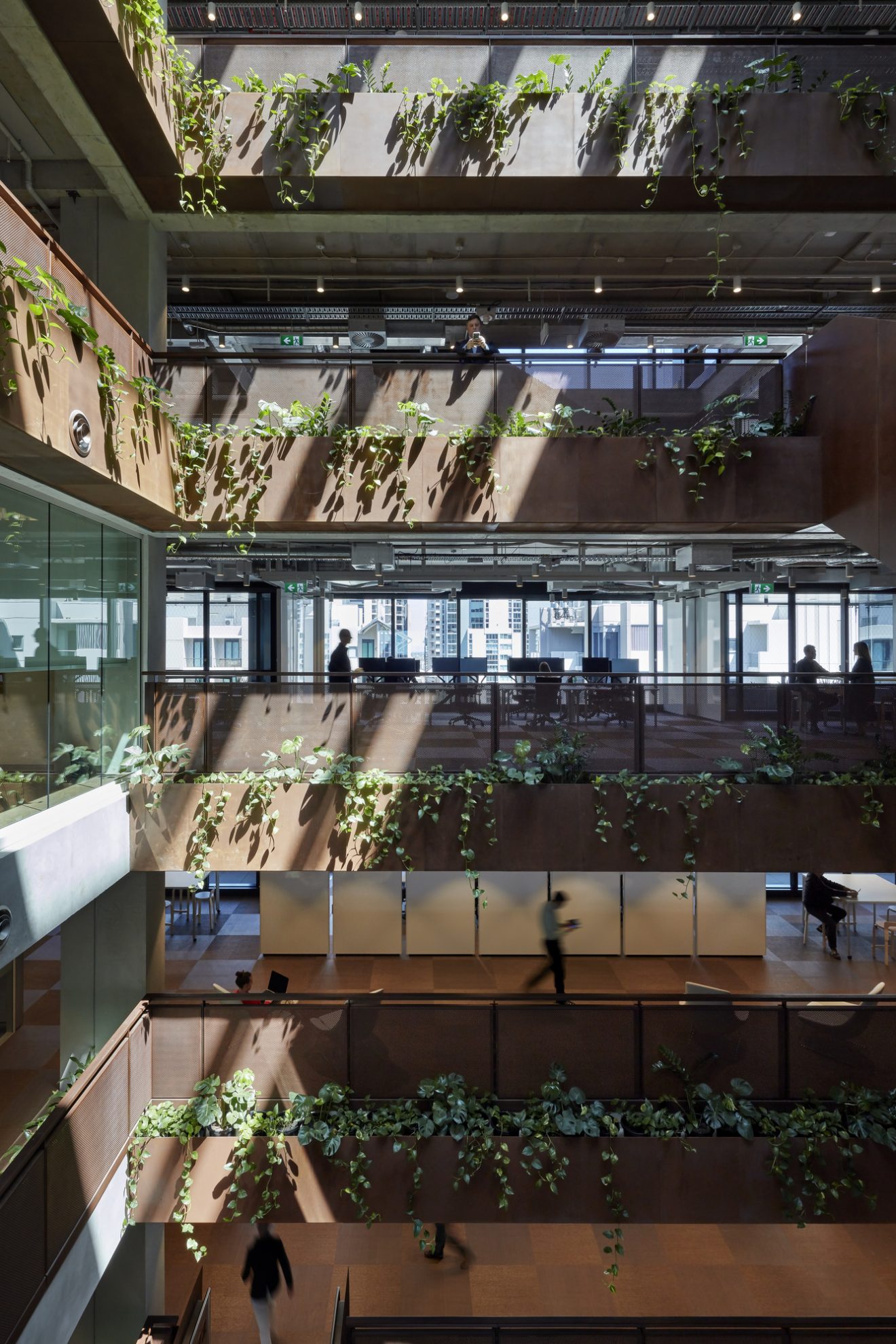
[above] Midtown Workplace. Working with our client to transform two aged buildings in the Brisbane CBD into a high-performance workspace, this retrofitted workplace has sustainability at its core. More on Midtown Workplace here.
To Demolish, or Not to Demolish
Along with environmental benefits, the commercial and social returns of transforming and reusing existing buildings is clear.
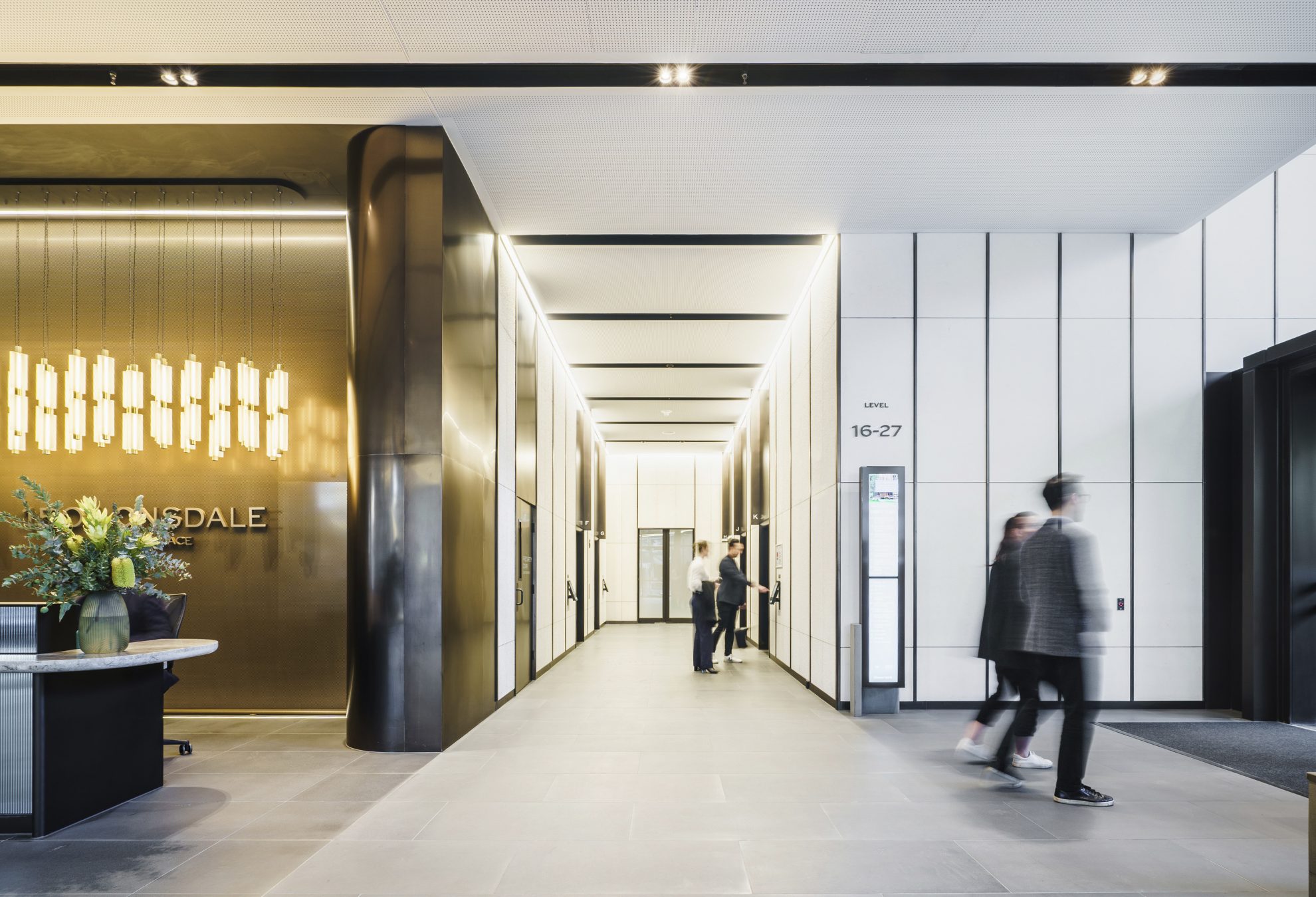
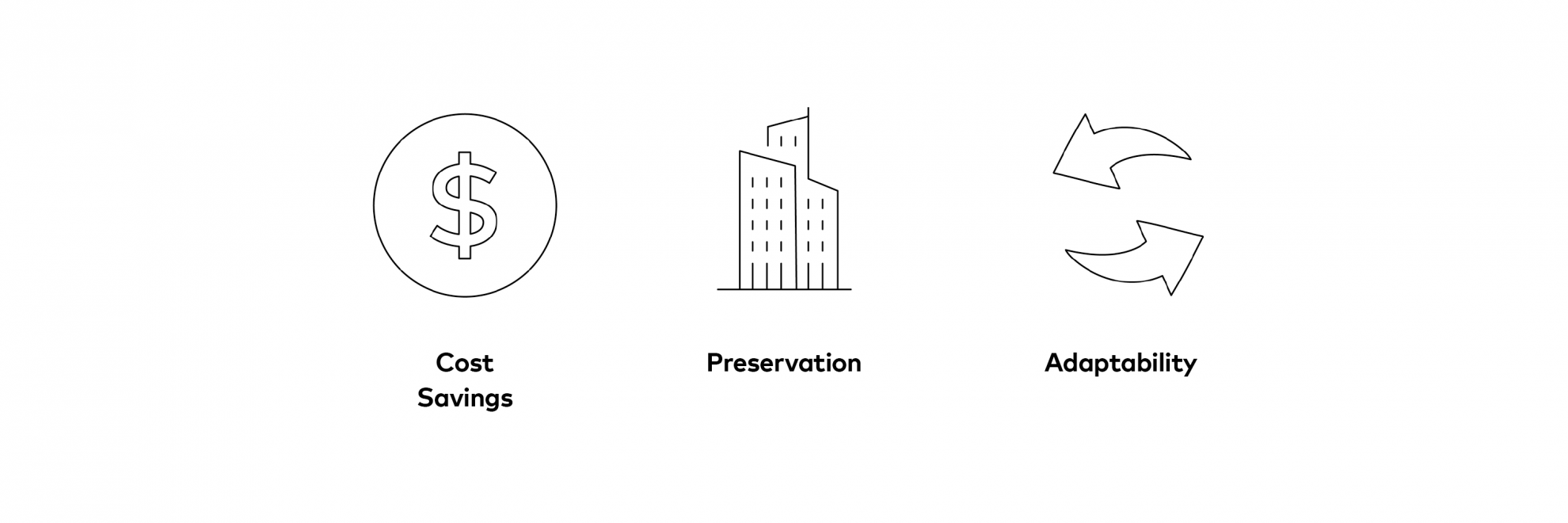
In addition to the evident sustainability advantages, the transformation and repurposing of existing buildings offer compelling commercial and social returns. By repurposing existing buildings, clients can see substantial financial savings. The structure and basic services are in place, potentially saving on construction costs. It also allows structures to be preserved, contributing to the ongoing cultural identity of a place.
At COX, we are passionate about creating to last, and retrofitting existing buildings gives long-lasting architecture another lease on life. Just because a building can no longer serve the desires of the modern tenant, doesn’t mean it doesn’t have the capacity to do so. Many buildings have been designed with flexibility in mind and can be repurposed to meet current desires.
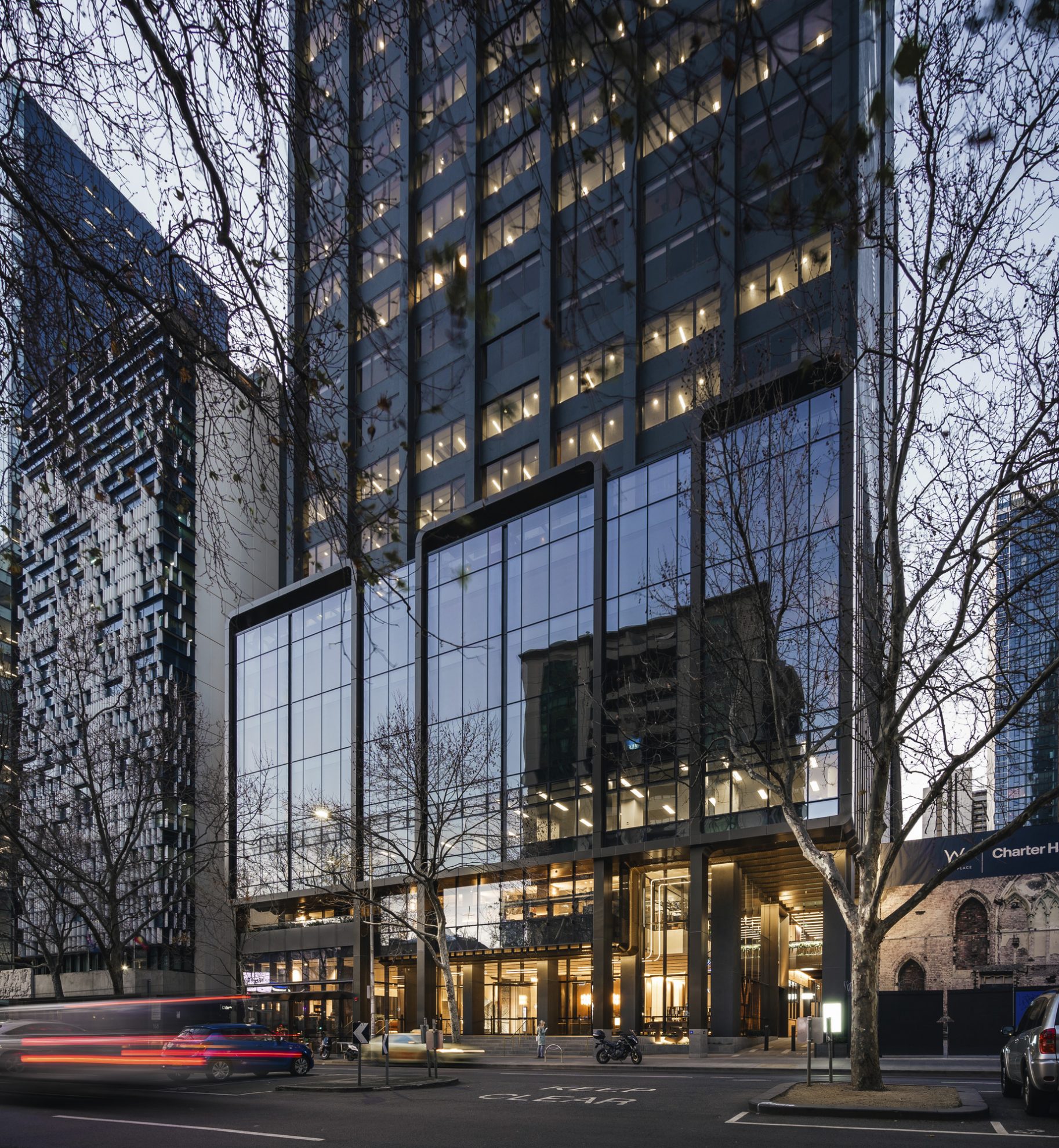
[above] 150 Lonsdale Redevelopment. Working with our client Charter Hall, we repositioned an existing late 70s office tower into a future-focused workplace. Read more on 150 Lonsdale here.
Preserving the Past, Designing the Future
Preserving architectural heritage allows cultural richness to live on. Retrofitting upgrades existing structures to meet modern safety standards and energy efficiency requirements, while honouring history.
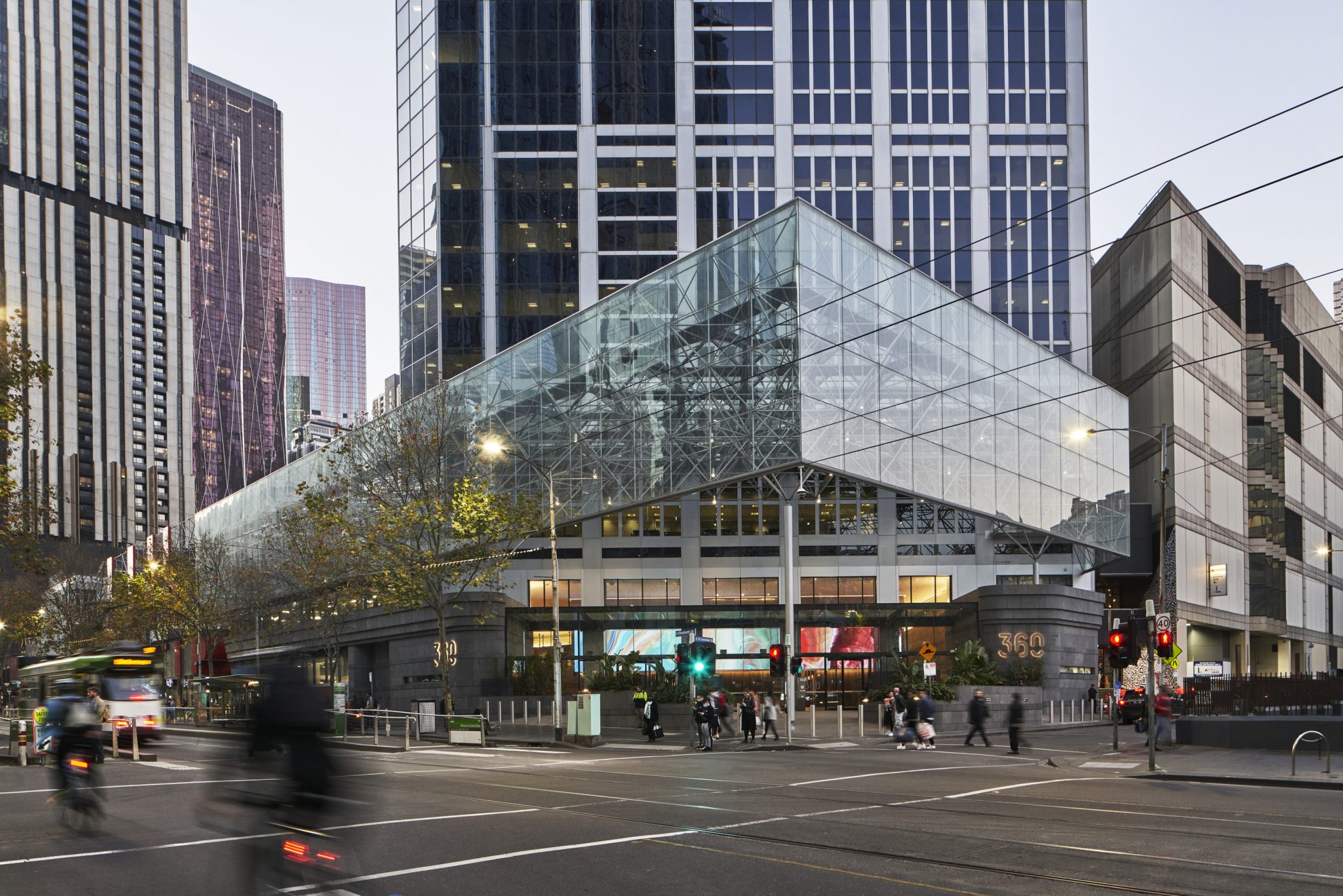
Heritage places and precincts, moulded by cultural, social, historical, political, economic, and physical factors, establish meaningful connections to our past and hold a pivotal position in shaping the future of our cities. By retrofitting projects, we not only safeguard the heritage value of a place but yield broader advantages, contributing to social and environmental sustainability. Key is:
- Structural stability: Through strategic reinforcement measures, retrofitting ensures the resilience and longevity of buildings, contributing to overall safety and durability.
- Preservation: Structures can be preserved, contributing to the ongoing cultural identity of a place.
- Architectural uniqueness: Retrofitting can help retain the original character of heritage buildings, combining the charm of the past with the functionality requirements of the present-day.
- Improved energy efficiency: Preserving and actively utilising heritage sites stands as a crucial approach to promoting sustainability.

[above] Melbourne Central Tower Redevelopment. An ageing icon in need of a new and improved identity, Melbourne Central Tower has been reactivated through significant upgrades to its lobby. Read more on Melbourne Central Tower Redevelopment here.
[below] Aurora Place. A restrained refurbishment of the Aurora Lobby and forecourt, originally designed by Renzo Piano, the project is sensitive to the iconic nature of the building with a palette that compliments the existing space. Read more here.
